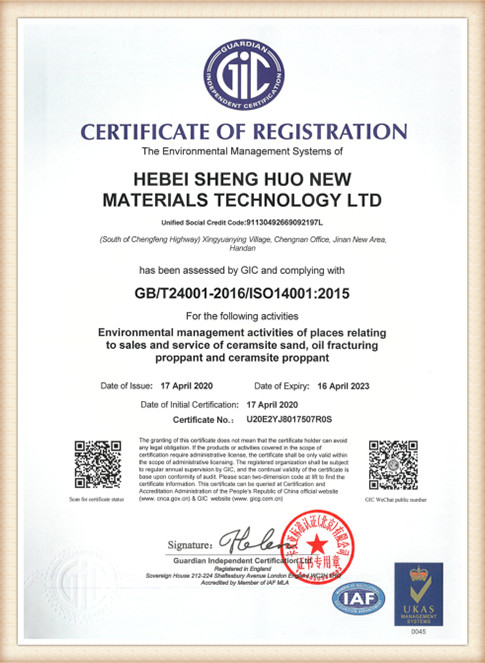3D Printing for Sand Casting Transforming Traditional Manufacturing
The advent of 3D printing technology has revolutionized various industries, and one of the most significant impacts can be seen in the field of sand casting. This traditional manufacturing process, mostly used for creating metal parts, is being enhanced by innovative 3D printing techniques that not only improve efficiency but also reduce costs and enhance the design freedom available to engineers and designers.
Sand casting is a process where sand is used as a mold material to produce parts in various shapes and sizes. Traditionally, this method involves creating a pattern, which is then placed in sand to form a mold. However, the conventional process can be time-consuming and requires significant labor for pattern making and mold preparation. Enter 3D printing, a technology that allows for the rapid production of complex geometries that would be challenging or impossible to achieve with traditional methods.
3D Printing for Sand Casting Transforming Traditional Manufacturing
Additionally, 3D printing for sand casting significantly reduces waste material. Conventional sand casting often results in a substantial excess of sand, which requires management and disposal. In contrast, 3D printing can utilize only the amount of sand necessary for each mold, leading to a more sustainable production process. This not only lowers material costs but also aligns with the growing emphasis on sustainable manufacturing practices in the industry.
3d printing for sand casting

The process also allows for the creation of highly detailed molds that can capture the precise specifications of complex designs. This level of accuracy is particularly valuable in industries where precision is critical, such as aerospace and automotive manufacturing. Components produced through 3D-printed sand molds can meet tighter tolerances and achieve superior finishing qualities, which can enhance performance and reliability.
Furthermore, the use of 3D-printed sand molds can lead to faster turnaround times. Traditional casting methods often require several weeks to produce a mold and cast the parts, but with 3D printing, these timelines can be significantly reduced. Consequently, companies can respond more quickly to market demands and reduce lead times for product delivery, effectively improving their competitiveness.
Despite its advantages, the integration of 3D printing in sand casting is not without challenges. Issues such as the initial investment in equipment and the need for skilled personnel to operate and maintain 3D printers can pose barriers for some companies. Additionally, the durability and recyclability of the printed sand molds must be carefully considered to ensure they can withstand the casting process without degrading.
In conclusion, 3D printing is indeed transforming the sand casting industry, enabling manufacturers to achieve higher precision, reduce waste, and accelerate production times. As technology continues to evolve and more companies adopt these innovative practices, we can expect to see further advancements in manufacturing processes that will ultimately lead to more efficient, sustainable, and cost-effective production methods. The integration of 3D printing in sand casting not only enhances the capabilities of traditional manufacturing but also paves the way for a future where creativity and efficiency go hand in hand.
Post time:નવેમ્બર . 11, 2024 23:03
Next:3d sand printing process
